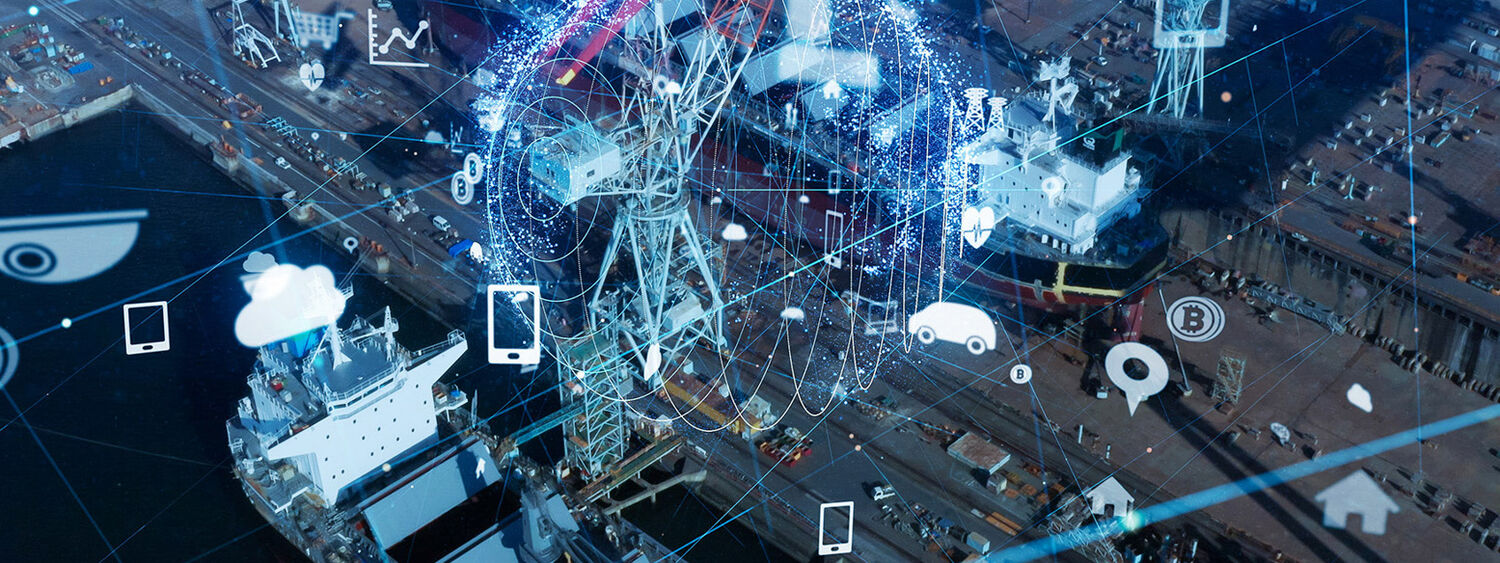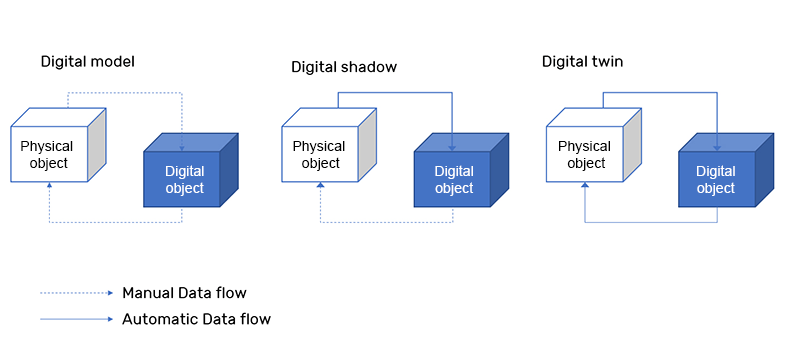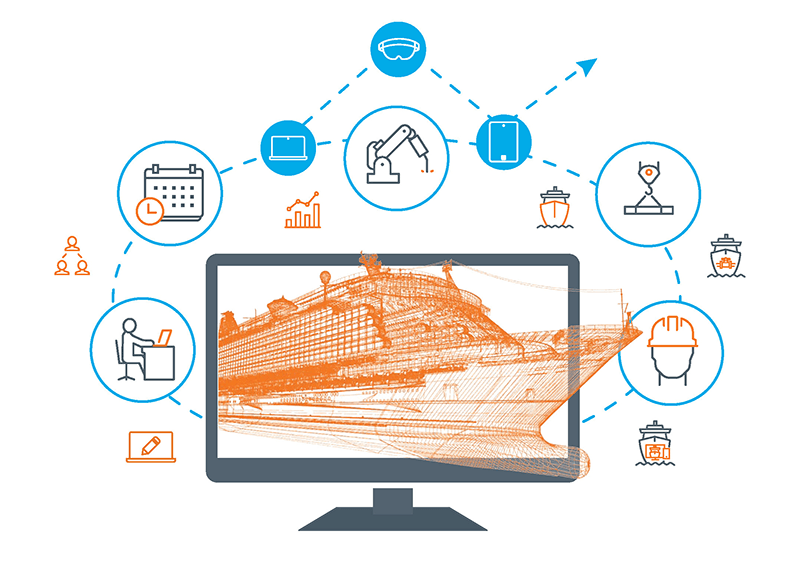
Digital model, digital shadow, or digital twin – what is at the core of data-driven shipbuilding?
Written by Ludmila Seppälä
Posted on August 28, 2020
Unlocking the full power of digitalization and fostering digital twins in the shipbuilding world has been a long-term dream. From the first 3D models dating back over 35 years to contemporary reality with IoT and big data tools, the evolution has taken a long time, and is not complete yet. The basic idea is the creation of a digital double of a complex physical object, such as a vessel or offshore platform, to enable asset management and simulation processes; it has massive potential.
First, it is worth looking at the origins and the distinction between digital models, digital shadows, and digital twins and elaborating on how the process of incremental creation of digital twins is facilitated by 3D design software and platforms for digital twins.
Digital twin is a hype term. It is often used in today's discussions about digitalization, smart production, and industry 4.0. Quite often, authors dedicate significant space in their articles to the discussion about the context and accuracy of this terminology for every use case. The digital model, on the other hand, has a more established definition.

Digital model
CAD is traditionally used to create a digital model to present a concept idea, detailed design of a ship in a digital environment, and to create production and construction documentation. It is a way of evaluating design options and considering different possibilities without the need to do it with physical objects. Equipment, construction items, and piping systems can be modeled, 3D layouts checked for assembly and building stage readiness and costs evaluated before the work in workshops and at construction sites begins.
In this process, information flows from the digital model to a physical object in one direction. The 3D model can be a simplified approximation or a 1-1 detailed model that contains a significant amount of meta-data. Usually, the purpose of such a model defines the tools used and the level of detail. For P&I diagram design or stability calculations and evaluation, even a 2D presentation is sufficient since at this stage of the project the details of 3D objects is not important. In these cases, the purpose of the digital model defines the level of accuracy. Typically, for CAD models this means a simplified 3D model for a basic project, which is used later for detailed design and production design.
Digital shadow
The reflection of a physical object in the form of its digital shadow has very specific uses. These include capturing as-built projects or using scanned laser data for retrofits or revamps. The flow of information goes from the physical world to the digital representation. As physical objects contain a large amount of detail, often the digital shadow needs simplification. A classic example would be a pipe with insulation. In addition to technology, human input is needed to recognize the correct outline of the object for the digital 3D model. Besides, meta-data is usually hidden. Based only on the physical shape of the objects, it is impossible to determine object IDs or related instructions for installation.
Digital twin
Digital twins begin with a digital model or a digital shadow to capture or initiate it. A straightforward scenario is when the digital model is incrementally created from the basic design stage, developed further in detailed design, and used to provide the needed information and to simulate changes for the construction process. This supports and facilitates the production process that results in a physical object, such as a vessel. Once the project is built and completed, the digital model might be discarded or might be used further for asset management as a digital twin. The range of needed use cases varies significantly from maintenance and modernization projects to specific cases of scenario simulation for emergency situations or personnel training.
It seems, that despite the forward leaps in the development of software and hardware, the existence of a universal digital twin is questionable. In industrial projects, different groups of stakeholders require different focus areas for information. What is essential and critical for designers, it not relevant for maintenance or other functions.
A digital twin emphasizes the bi-directional approach. The information flow not only from digital assets to the physical world, but also loops back; information from construction and asset management merges with the digital model. This is the most complex and challenging situation and requires a clear definition of needs and roles of stakeholders.

The role of the digital twin in data-driven shipbuilding
A digital twin is a process and not an object. In data-driven engineering, the digital twin plays a central role as the dynamic hub where information, such as the 3D model, a digital model with meta-data, digital shadow and all data related to the creation, building, and exploitation of a vessel evolves. Stakeholders at each stage of the life-cycle process define the use and the required scope of information for their business purposes.
The hub becomes a living entity and a process instead of being a data vault. The digital twin as a process enables close collaboration between all disciplines, integrates processes, and assures end-to-end continuity. By sharing the same source of real-time information, it drives and connects the entire process in data-driven shipbuilding.
Read more:
CADMATIC's design applications for incremental creation of digital twin
